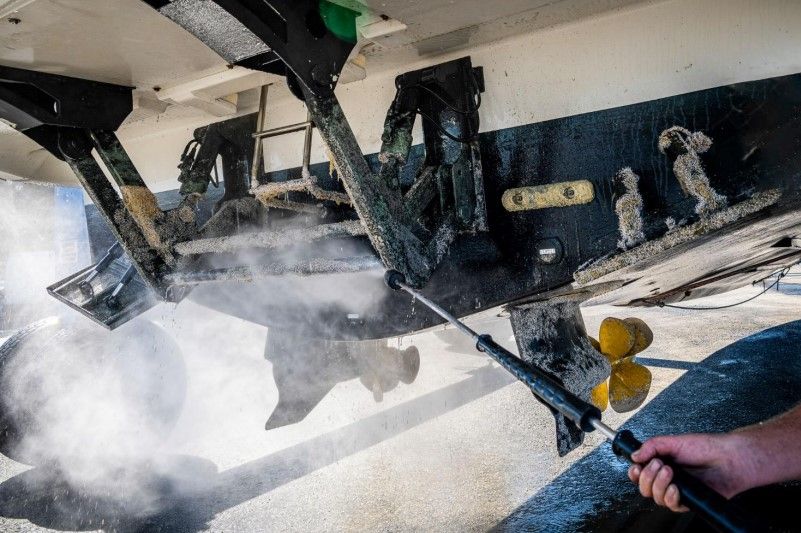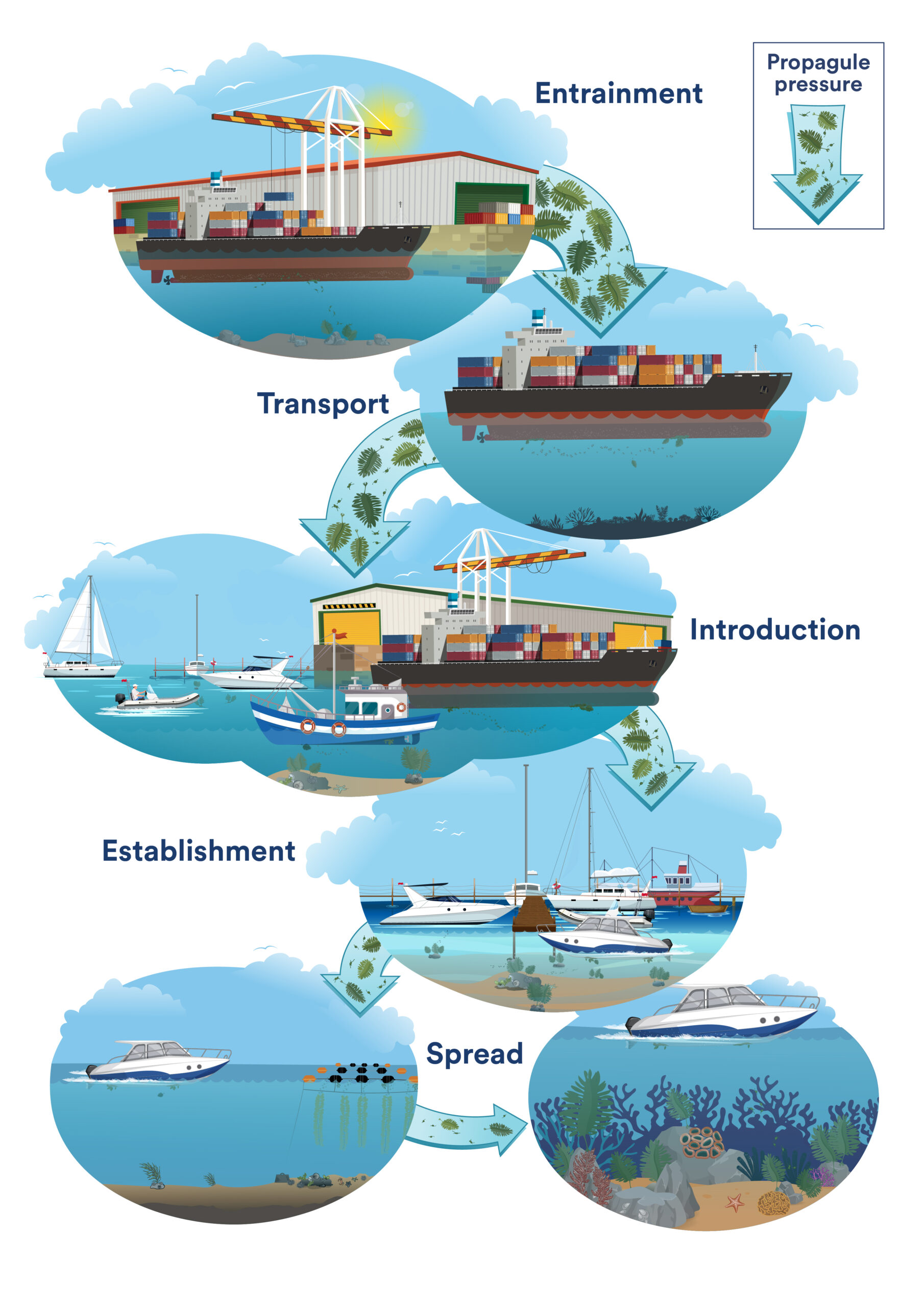Last year over 700 boat owners who have non-trailered boats moored in marinas around Aotearoa…
Nature inspired marine antifouling solutions
Many marine invaders are ‘biofouling organisms’, which means they grow attached to surfaces in the sea. Controlling biofouling is critical for effective marine biosecurity to stop invaders spreading, reduce the likelihood of their establishment, and limit impacts. ‘Antifouling’ coatings are widely available and have been used since ancient times to protect ship hulls form biofouling. Theses coatings typically leach broad-spectrum toxins to kill biofouling organisms, which can be effective but results in collateral harm to the environment. Many have been banned or are being banned as a result, and there is an urgent need for new, eco-friendly alternatives. New technologies are also required that work for a wider range of situations – available technologies are developed primarily for ship hulls and biosecurity would benefit immensely from effective biofouling control on marina/port infrastructure and other hotspots for invasive species.
There are a wide range of possible options for new eco-friendly antifouling technologies, and in the Biosecurity Toolbox’s PROTECT theme we are taking inspiration from nature. Our antifouling research team from Durham University, UK and Cawthron are developing nature-inspired surfaces for biofouling control in marinas and ports. We are combining our expertise in functional surface chemistry and marine pest biology to develop and apply innovative new solutions. This video, voiced by doctoral candidate Joe Rawlinson, describes the problem of marine biofouling, existing control options, and nature-inspired solutions.




Comments (0)